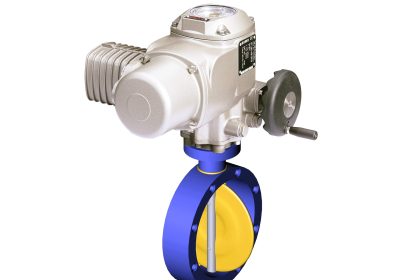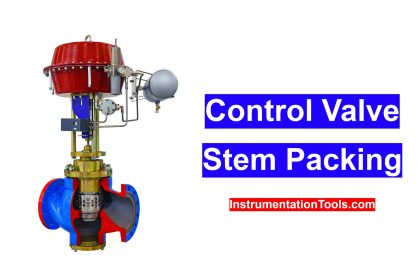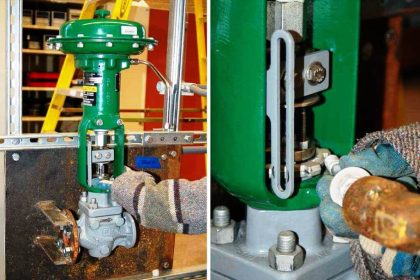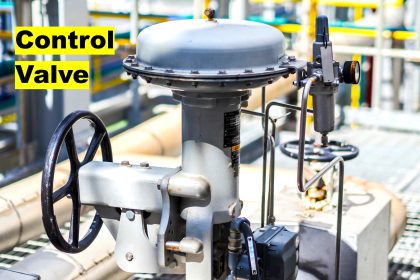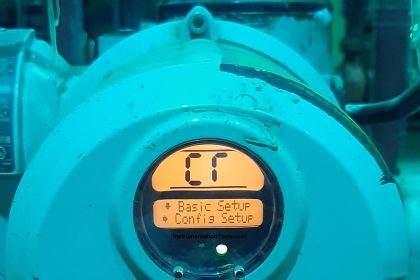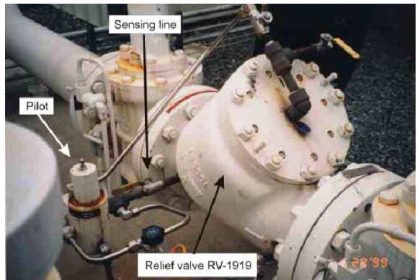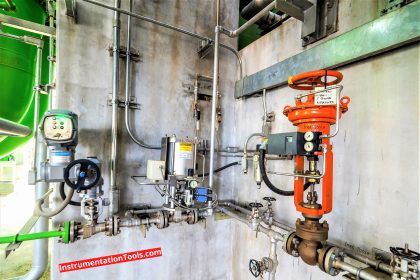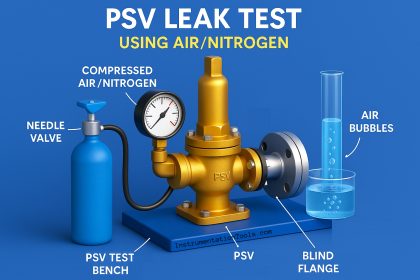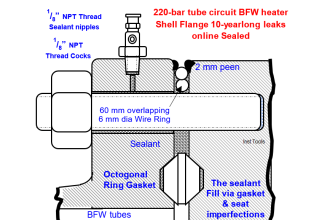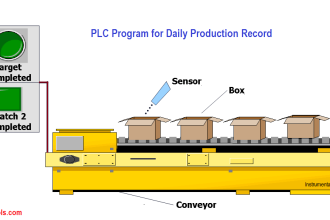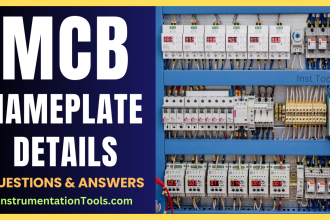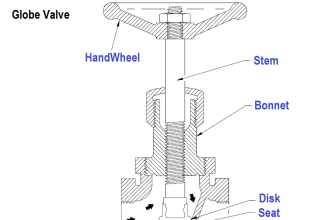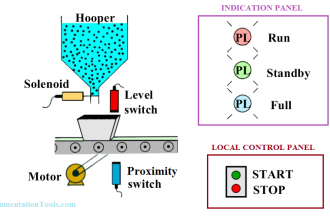This article shares the Summary of Valve Types Characteristics includes gate valves, ball valves, butterfly valves, globe valves, diaphragm valves, needle valves, plug valves.
Contents
Summary of Valve Types
Globe Valves:
- Suitable for regulating flow
- Tight shut-off
- Pressure drop when open
- Used for high pressure clean fluids
Ball Valves:
- Not suitable for regulating flow except in some specialized ball valves
- Tight shut-off
- Low pressure drop when open
- Used for gas, liquids or slurries
Butterfly Valves:
- Suitable for regulating flow
- Not suitable for tight shut-off
- Low pressure drop when open
- Used for low line pressure and large pipe line diameters
- Wide range of service: gas, liquids and slurries
Gate Valves:
- Not suitable for flow regulation, only suitable for on or off
- Tight shut-off
- Low pressure drop when open
Diaphragm valve:
- Suitable for on/off or narrow range throttling control
- Tight shut-off
- Low pressure drop when open
- Used for corrosive fluids and slurries
Needle Valves:
- Suitable for regulating flow
- Fine control in small diameter piping
- Tight shut-off
- Used for clean fluids that have low flows
- High pressure drop when open
Plug Valves:
- Suitable for regulating flow
- Tight shut-off
- Quick opening
- High pressure drop when
Non Return Valves:
- Allow flow in one direction only
- Self closing
- Low pressure drop when open
- Not suitable for reciprocating pump discharge
Pressure Relief Valves:
- Opens at pre-determined pressure level
